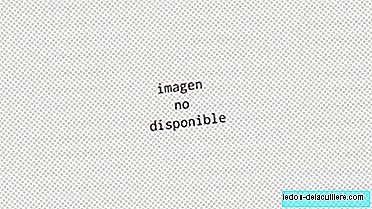
According to SEAIC (Spanish society of allergology and clinical immunology) Spring 2013 is a season with high risk for allergic patients since the number of grains per cubic meter registered doubles the amount of 2012 that is considered to be mild.
In the decade of the 90s the symptomatology of patients allergic to pollens was especially concentrated between the months of May and June, however the allergy to pollens has diversified and many people in Spain are allergic to several pollens with discomforts that begin in February, with cupresceae, and that last until summer. So you can almost say that in good weather we live in a permanent allergy.
The SEAIC has confirmed that counting pollens, the concentration of grains per cubic meter, is essential to know and anticipate the risk among allergic patients. For that, the Pólenes.com site is permanently updated weekly and daily from April to June.
The Pollen Control application is developed by SEAIC and Almirall and allows monitoring of symptomatic evolution in patients so that the medical professional can relate the data recorded in the application with the pollen levels and thus be sure of what the allergen that most affects the symptoms.
In this way the allergist can perform more effective diagnoses, treatments and follow-ups, in addition to the fact that vaccination is more direct with treatment at the origin of the allergy.
So for all those who have allergy symptoms I recommend taking a look at the SEAIC page and especially the installation of the Pollen Control application (I have seen it available on iTunes) to track symptoms and concentrations. Unless although the allergy impacts us there is good information and above all go to the allergist to receive a good diagnosis.












